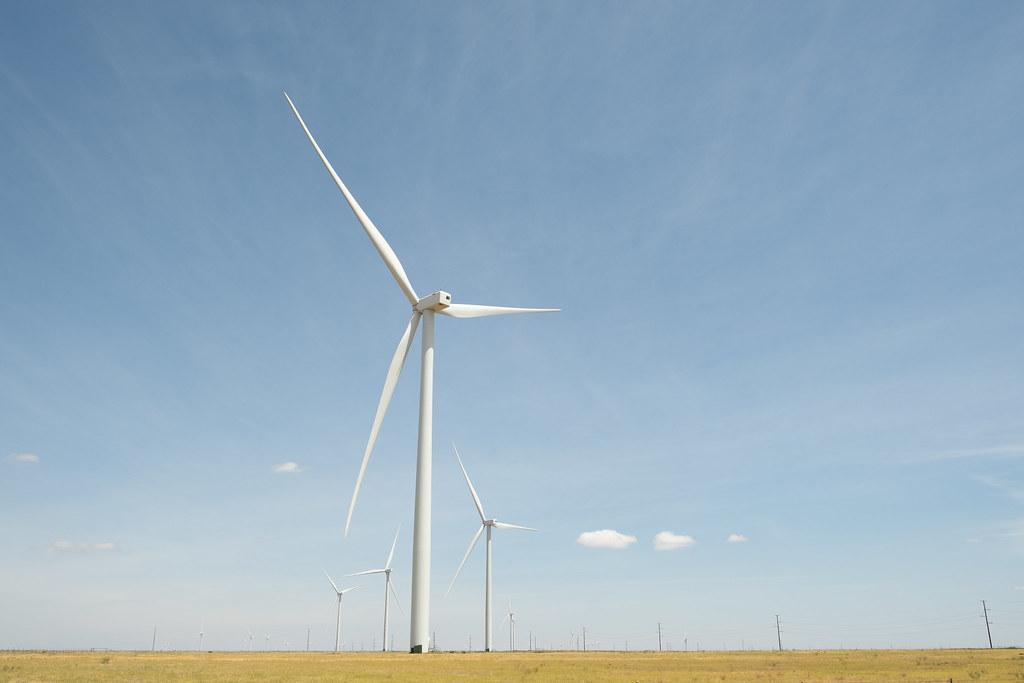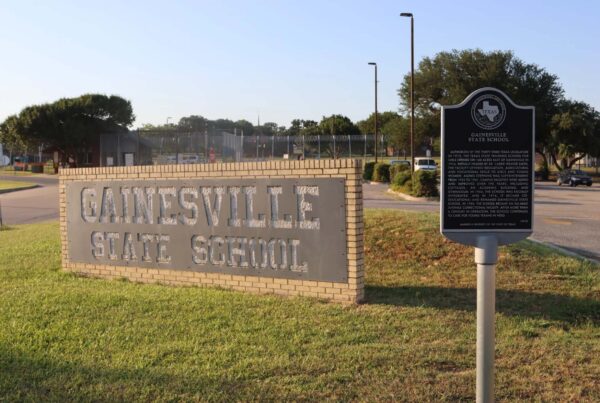If you’ve checked out our latest special project from the Texas Standard – Pumped: Food, Fuel and the Future of Texas – you’ve seen how the gas station shaped our culture as we know it.
Oil and gas reigns supreme in Texas, but that doesn’t mean that alternative energy sources aren’t a growing presence in the state’s power generation mix. That’s especially true as the need for energy to power our homes, businesses and even cars grows.
Matt Smith, lead oil analyst for the Americas at Kpler, spoke with the Standard about the current state of the renewable energy in Texas.
This transcript has been edited lightly for clarity:
Texas Standard: The Electric Reliability Council of Texas – also known as ERCOT, the grid operator – has said demand reached a new high in 2022, surpassing the supply of dispatchable energy. What does ‘dispatchable energy’ mean exactly, and what are the implications?
Matt Smith: So dispatchable energy is essentially the supply of thermal generation, such as natural gas, coal and nuclear. And given growing demand in the state of Texas, there essentially isn’t enough dispatchable energy to meet demand, which means that the electricity grid is dependent upon renewable energy to fill that supply gap there. Now, energy demand is expected to continue increasing in the coming years for Texas, which is causing some concerns to some of the key figureheads in Texas. So, for example, you’ve got Pablo Vegas, who is the CEO of ERCOT – ERCOT manages the electric grid there – and he’s worried that although renewables are increasing, they may not be available when they are needed most.
I thought that the whole thing in Texas, a part of the narrative, was that we are No. 1 when it comes to renewable energy sources – wind power, No. 1. Could you explain to me why it is that he doesn’t think that that gap can be closed? Aren’t we moving fast enough?
Well, sure. I think it’s just the reliability that’s the concern there. With natural gas and coal, you can just switch that on and it will be there. Whereas with wind and solar, it’s not quite the same; you’re somewhat at the lap of the gods. And actually that was a sentiment that was echoed by Peter Lake, who is the chairman of the Public Utility Commission of Texas. And his concern is around that there’s more natural gas generation that’s needed. And the phrase that he used was that Texans will be “relying on the breath of God to keep the lights on” – so essentially, again, just relying on the weather for that wind and solar. And while their concerns are valid, the rise of renewables in the Texas generation mix really needs to be lauded and praised, right, regardless of the incentives that have spurred on greater investment in it.
Yeah. I mean, I think that in the renewable energy community, you hear about Texas as having seen, you know, really significant wind and solar growth over the past decade, right?
Yeah. Incredible. So Texas is the leading state, and has been for a number of years, in terms of wind and utility scale solar. So while Texas doesn’t have hydropower, it leads by a mile when it comes to wind power. And it’s actually closing the gap on California for utility scale solar power. And when you combine the two of those, Texas is generating more than 2 1/2 times as much wind in utility scale solar than California. And even when you include hydropower as well, Washington edges past California into second place, but Texas still remains well ahead of the pack.
So if we’re trying to close this gap that we were talking about a little bit earlier, how much of that is going to be a function of our ability to store up the energy so that we can switch it on when we need it?
Yes, so that’s part of it. But battery technology needs to get to that point where it can absorb enough and be able to push enough out. And so that’s still a very, very, very slim piece of the pie here. So just to put it in kind of context, Texas has more than 217,000 installed home batteries, and they’re looking at a plan here to be able to supply that power back to the market. So Texans that have rooftop solar and batteries are going to be able to sell that spare power back into the state grid. But that’s only a very incremental piece of the whole picture here. It really has to be a focus on having far more wind power than needed, far more solar to be able to meet the needs when Texas demand hits its peak demand periods.
Tell me if I’m wrong here: From the sound of it, given the state of where we are with renewables, oil and gas doesn’t seem to be going very far, if anywhere, at least at the moment.
In terms of the demand side, the picture [is] natural gas is still going to be a stalwart – and it is for Texas still. So in terms of the generation mix, it’s nearly 50% of the generation mix in Texas; in the U.S. totally, it’s about 40%. And so it’s really the renewable piece that has been pushing on in Texas. It’s close to 30% of the gen mix there, whereas on a U.S. basis it’s closer to 20%. So it’s still very much part of the mix here. It’s just the push for renewables we’re going to get in the years ahead here to overtake it.














